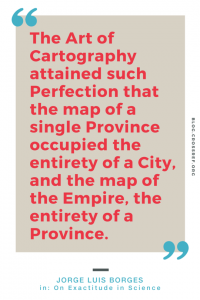2024 April 24
Common views and questions about metadata across Africa
This past year has been a captivating journey of immersion within the Crossref community, a mix of online interactions and meaningful in-person experiences. From the engaging Sustainability Research and Innovation Conference in Port Elizabeth, South Africa, to the impactful webinars conducted globally, this has been more than just a professional endeavour; it has been a personal exploration of collaboration, insights, and a shared commitment to pushing the boundaries of scholarly communication.














